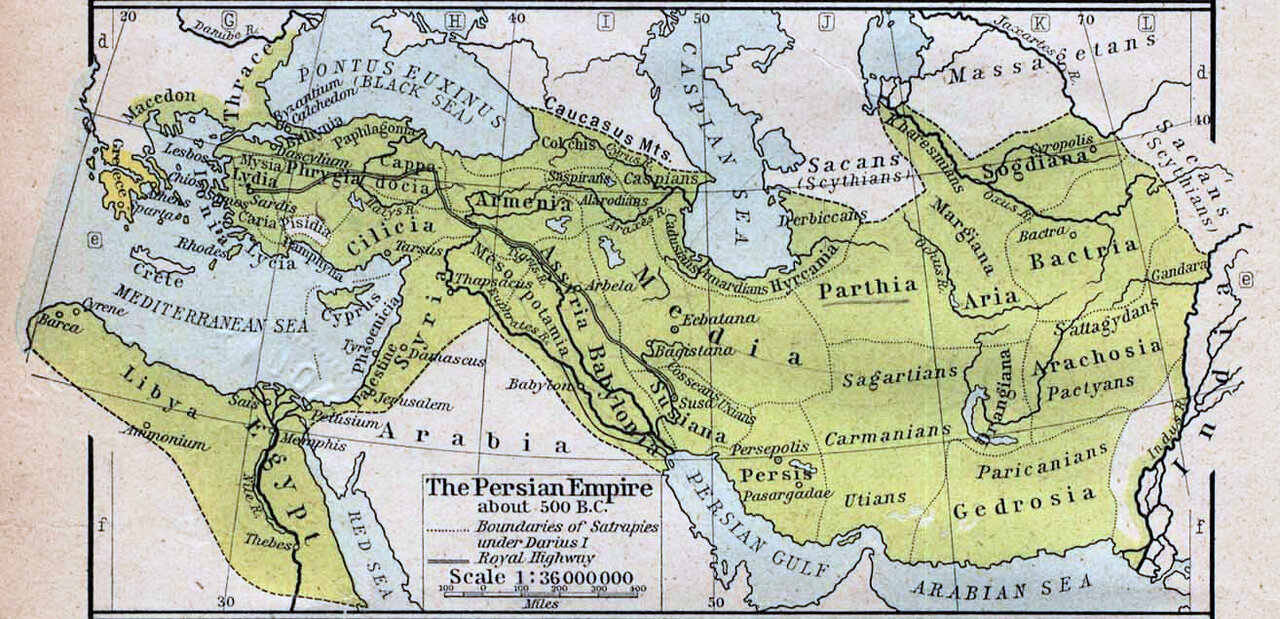Iran celebrates Persian Gulf day with pride and joy

TEHRAN – Tomorrow, Iranians proudly celebrate the rich history of the Persian Gulf, an extension of the Indian Ocean sandwiched between Iran and the Arabian Peninsula.
April 30th, known as the Persian Gulf National Day, signals a landmark cultural heritage of the ancient land and its unwavering commitment to protecting its territorial integrity.
It is a reminder that the country is steadfast in protecting its interests and will continue to stand firm against any threats to its sovereignty.
For millennia, the Persian Gulf has drawn the attention of governments and nations due to its strategic location and being endowed with giant natural and petroleum resources.
As mentioned by the Persian Gulf Studies Center, Darius the Great ordered the creation Suez Canal to develop commerce in Iran so that commercial vessels could pass the Persian and Red Seas and get to Egypt and the Mediterranean. In a remaining inscription from that era, it can be read: “King Darius says: I am Persian and conquered Egypt from Persia and ordered to drill this canal and people go from the Nile, which flows in Egypt, to a sea from Persia. This canal has been drilled, and vessels sail as I command. As it was at my will.”
As it’s been quoted in history, the Arsacid developed commerce and competed closely with Romans, and transformed the Fars Sea into a transit road.
This progress continued in the Sassanid era when Siraf port became a big commercial center and even in historical documents of China everywhere the names Pars, Fars, Parsua, and Iran can explicitly and widely be seen and this shows the existence of commercial ties.
After Iran was conquered by Muslims, again Iranians were ahead of other neighboring governments in sailing. Later, profiteer colonizers struggled to obtain a high position in the Persian Gulf. One evident example was in the Safavid era when the Ottomans started their invasion of the Persian Gulf.
Portuguese, on the other side, completely dominated this region in the 16th century and clashed with Ottomans until finally in 1587 King Abbas, with the assistance of England, repelled the Portuguese.
However, England gained a foothold in the region. This matter led to conflicts with England. It should be reminded that, at the time of the Afsharid dynasty, King Nader managed to create a navy force in the Persian Gulf and bought several vessels from England and the Netherlands.
The Persian Gulf was invaded by colonizing countries more than ever before in the Qajar era; especially the English colonizer which deemed itself ruler of the Persian Gulf and the mindlessness of the Qajar kings paved the way for the illegal presence of England, France, and Russia.
Darius the Great noted this sea and he used the phrase “Dar aye tie hecha parsa abi” meaning Pars Sea, which is obvious in a rock-carved inscription.
In addition, the name Persian Gulf has been cited by reputable Arab geographers. Abelghasem Obeidollah Ebne Abdollah Mostowfi, known as Ebne Khardazabe, wrote in his book in 844-848 CE Persian Gulf: … Bahr Fars. Bahr Fars in Arabic means Persian sea.
Masoudi, another reputable Arab author in his valuable book, Moravvejozehb va Madan Jowhar, when talks of overall news of seas, has noted the Persian Gulf as the Persian Sea. Ebn Howghel, famous Arab explorer and reputable geographer quotes: “In 942 I left Baghdad intending to study about different countries and nations and to trade and traveled Islamic countries from east to west and I also studied works of precursors.” He notes the Persian Gulf as Bahr Fars (meaning Fars sea) in his famous book, Sorat Arz. Moreover, Estakhri, expert Arab geographer and author of “Almasaalek va Almamaalek” again notes Fars sea.
Abolfadaa, the author of Taghvimolbaladaan, who enjoys a special place, notes the Fars sea and when describing the boundaries of Fars, he writes: “East limit of Fars is Khuzestan. All the west through to north are limits of Isfahan and mountains and the southern limit of it is the Fars Sea.
In “Majamolbaladaan”, a famous book that all geographers deem valid as a geographic encyclopedia, the Persian Gulf has been noted as “Bahr Fars” (meaning Fars sea).
What is assumed from historical texts, and even the ones acknowledged by Arab geographers, suggests that the “Persian Gulf” has historically belonged to Persians and Iranians.
AFM
